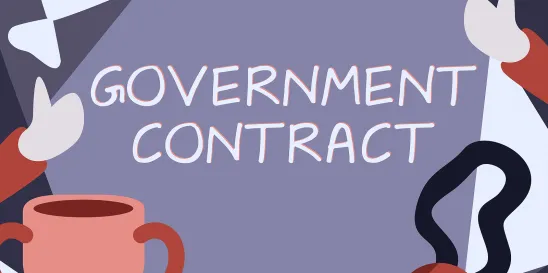In addition to prohibiting the flow-down of non-mandatory FAR/DFARS clauses (which we talk about here), the Department of Defense (“DOD”) Final Rule in connection with the Defense Federal Acquisition Regulation Supplement (“DFARS”) Case 2017-D010 also touched on the decades-long debate as to which entities actually are subcontractors performing under a Federal prime contract. Yes, you read that correctly – there is no single definition for the terms “subcontract” or “subcontractor.” After almost 40 years of confusion, it appears the DFARS and Federal Acquisition Regulation (“FAR”) Councils are trying to end the debate once and for all.
Taking a step back, let’s talk first about the current state of things. The terms “subcontract” and “subcontractor” appear rather frequently in the FAR, being defined in twenty (20) different Subparts, resulting in at least eight (8) unique definitions. Curiously, neither “subcontract” nor “subcontractor” are defined in FAR subpart 2.101 – the definitional provision for the entire FAR. But that’s not all – the DFARS also provides for several different definitions of these terms, and among the various provisions of the Code of Federal Regulations and the U.S. Code, there are well over fifty (50) definitions that could apply to government contractors at any given time. The National Defense Authorization Act (“NDAA”) for Fiscal Year 2016 “Section 809 Panel” identified “27 separate, sometimes overlapping, definitions” for these terms – ultimately recommending back in 2018 that a uniform definition of subcontract be established in both the U.S. Code and the FAR.
If you’re reading this blog then we’re preaching to the choir – but the distinction between “subcontractor” and a vendor or supplier is an important one in Federal procurement. Prime contractors not only are required to flow down certain contract clauses, obligations, and regulatory requirements to their subcontractors, but must also undertake oversight responsibilities for subcontractor performance. The failure to flow down clauses alone could subject a prime contractor to various forms of liability due to subcontractor non-compliance – primarily through the Federal False Claims Act (“FCA”). On the flip side, if a prime contractor is primarily working with “suppliers” or “vendors,” the mandatory requirements to flow contract provisions down is severely limited – and thus so are the potential risks and liabilities for noncompliance.
The FAR Council has been working towards resolving this inconsistent area of regulation, with a still-open FAR Case (2018-006) aimed at implementing Section 820 of the NDAA for Fiscal Year 2018, which “amends 41 U.S.C. 1906(c)(1) to change the definition of ‘subcontract’ in certain circumstances.” We long believed this case to be sitting in regulatory limbo with little likelihood of publication.
However, the recently published DFARS Final Rule required by Section 874 of the FY17 NDAA, indicates change is in fact on the horizon. In publishing the Final Rule prohibiting the flow down of non-mandatory FAR/DFARS clauses to commercial subcontractors, the DFARS Council punted the revised definition of “subcontract” to a separate DFARS case (2023-D022). The DFARS Council stated its reason for addressing the definition separately is to align with the “pending publication of the proposed rule” in the FAR Case. Reading the tea leaves, we suspect a single definition, aligning the FAR and DFARS, to be forthcoming in 2024 – at least for commercial contractors.
Interestingly, and by way of reminder, the FY17 NDAA may have given us a preview as to the eventual definition. The NDAA itself defined “subcontract” for purposes of the legislation:
the term ‘subcontract’ includes a transfer of commercial items between divisions, subsidiaries, or affiliates of a contractor or subcontractor. The term does not include agreements entered into by a contractor for the supply of commodities that are intended for use in the performance of multiple contracts with the Department of Defense and other parties and are not identifiable to any particular contract.
We see both good and bad in this definition. First, the good – by affirmatively excluding “commodities that are intended for use in the performance of multiple contracts,” this definition significantly limits the number of entities to which prime contractors must flow down FAR/DFARS clauses (and, therefore, the companies that must comply with those clauses). Second, the bad – in our experience, it’s rare for a company to consider transfers of items between divisions to be a “subcontract” rather than an “inter-company work order,” a “transfer at cost,” or something similar. By categorizing these agreements as subcontracts, subsidiaries/affiliates that historically have avoided contracting with the Federal Government may be subject to the FAR/DFARS clauses they worked hard to avoid.
We’ll continue to monitor both FAR Case 2018-006 and DFARS Case 2023-D022 in the new year.




 />i
/>i

